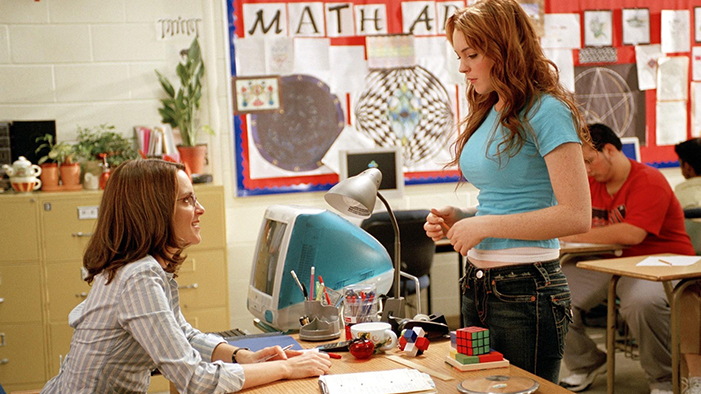Explain why Florence became the birthplace of the Renaissance, and presided over so many of the period's achievements?
Florence prospered during the Renaissance because of its lines of communication to the world around it. In the late Middle Ages, the city became important as a crossroads for wool traders. Giovanni and Cosimo de Medici used banking to make Florence a crossroads for finance. With these connections established, Florence also became a crossroads for ideas. The city was opened up to the ideals and philosophies of distant lands, and absorbed these into the writing and art produced there, which then flowed freely outward to the rest of Italy and the European continent. The Medici maintained the stability of these connections through financial and political means, and ensured that throughout the Renaissance, Florence was known as a location friendly to and supportive of the arts. The connection the Medici established with the Papacy was particularly beneficial to both Florence and Rome, and the two cities that might have otherwise been rivals developed under the spirit of cooperation during the Renaissance. Rome provided a destination for many Florentine artists and writers, and Florence benefited from the management of the papal purse.
The early Renaissance is often hailed as a period of artistic nuance. However, critics might argue that at least as far as subject matter goes, the Renaissance very much adhered to the religious themes of the Middle Ages. What, then, were other differences from the Middle Ages fostered by the Renaissance?
Despite the similarities to medieval art surrounding subject matter, there can be no doubt that that Renaissance artists broke the static mold of medieval art. First of all, though the themes of the Middle Ages remained fairly constant, the style of the Renaissance was unique in its combination of modern and ancient influences. However, what is most remarkable about the art of the Renaissance is the constant evolution of techniques and materials, each generation of artists building upon the accomplishments of the last. While technique, style, and materials stayed relatively constant throughout much of the Middle Ages, the Renaissance was a period of much more rapid change and development. Giotto was the first Renaissance artist to dabble in the techniques of perspective in search of the realism sought by the artists of the Renaissance. His techniques changed the face of art significantly, but no sooner had they been studied and absorbed by the artistic community than Masaccio and others built upon and improved the techniques. Similarly, Ghiberti and Brunelleschi pushed each other through competition to new artistic heights. Donatello studied under each of the older masters and incorporated the developments they contributed to the art form with his own talents and ideas, producing the most admired works of the era. This rapid evolution and the continuing advance of artistic techniques and talent was one of the primary characteristics of the Renaissance.
How does the story of Lucrezia Borgia illustrate the subjugation of women during the Renaissance, even those who seem ed to exercise some independence and power?
The case of Lucrezia Borgia is interesting in that it seemed to her contemporaries that she was one of the most liberated and empowered women in all of Italy. Certainly, her mobility, from place to place and husband to husband, was more than any Renaissance woman could hope for. The details of her marriages garnered for her the common perception as both a powerful and devious woman. However, upon historical review, it becomes quite clear that Lucrezia was not in control of her life so much as she was a pawn in Alexander VI's master plan for the success and wealth of the Borgia family. It is most likely that she resisted the pattern of marriage and annulment which her father forced upon her during her early life, despite the advantages of mobility and influence it bestowed upon her. In fact, history shows that Lucrezia only truly exercised power after she had entered into a happy marriage with Alfonso d'Este, who allowed her to participate to a great extent in the politics and society of Ferarra. Thus Lucrezia Borgia's life may be looked on as demonstrative of the situation of women in the Renaissance, in that even the illusion of power which surrounded her inhere early years was created by a man, her father, who controlled her life, and the small measure of actual power which she was eventually granted grew out of her traditional position as a devoted wife and mother.


 payment page
payment page



